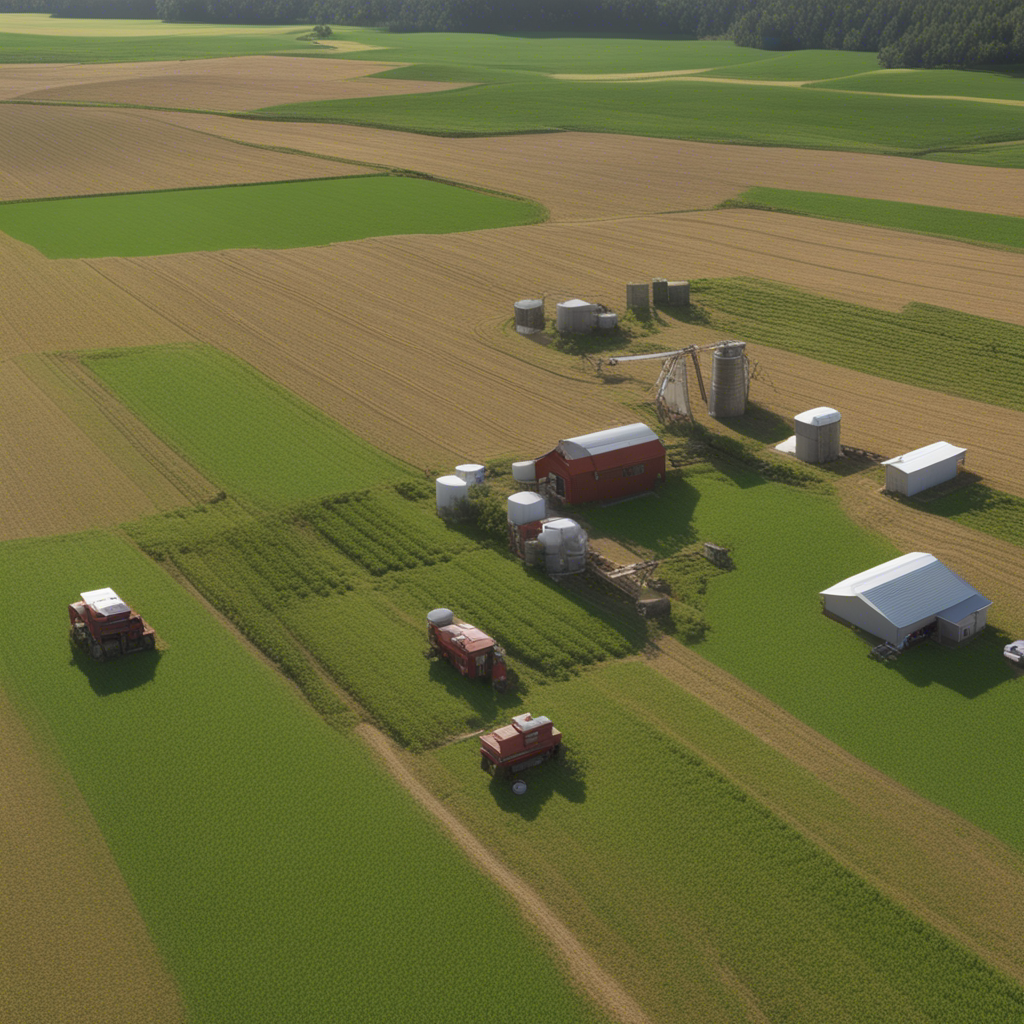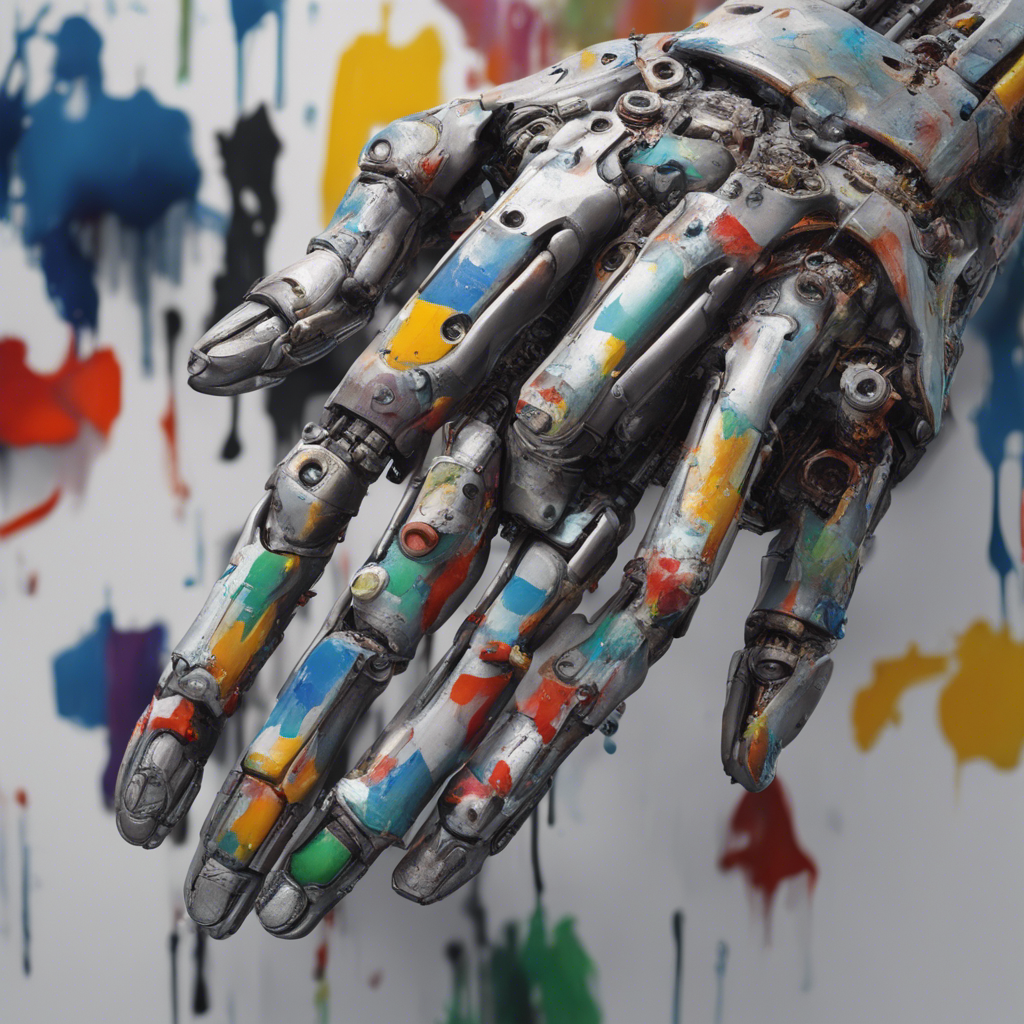
The Role of AI in Modern Agriculture
In recent years, advancements in technology have made a significant impact on various industries, and agriculture is no exception. With the rapid development of Artificial Intelligence (AI), farmers and agriculturalists are harnessing the power of intelligent machines to revolutionize their practices and achieve better outcomes. AI in modern agriculture encompasses a wide range of applications, from planting and harvesting to pest control and yield optimization. In this blog post, we will explore the role of AI in modern agriculture and its potential to transform the industry.
AI-based Precision Farming
One of the primary areas where AI is making strides in modern agriculture is in precision farming. Precision farming refers to the practice of using technology to optimize agricultural practices based on specific conditions and requirements. AI-based systems collect and analyze a vast amount of data, including soil condition, weather patterns, crop health, and historical information, to provide actionable insights to farmers.
1. Soil and Crop Monitoring
AI-powered sensors and drones equipped with multispectral and hyperspectral cameras allow farmers to monitor the health and nutrient levels of their crops. These sensors capture real-time images and data which are then analyzed by AI algorithms to detect signs of diseases, nutrient deficiencies, or pest infestations. By identifying these issues early on, farmers can take preventive actions, saving costs and improving yields.
2. Automated Irrigation and Nutrient Management
AI systems can optimize irrigation and nutrient management by analyzing data collected from soil moisture sensors, weather forecasts, and historical trends. By considering the specific requirements of crops, AI algorithms can regulate irrigation schedules and nutrient application, ensuring optimal usage and minimizing wastage. This not only improves crop health and yields but also promotes sustainable farming practices.
AI in Autonomous Farming
Another significant role of AI in modern agriculture lies in the development of autonomous farming technologies. These technologies aim to reduce human intervention in labor-intensive tasks such as planting, harvesting, and crop maintenance. Autonomous farming not only improves operational efficiency but also tackles the challenge of labor scarcity and rising costs.
1. Robotic Harvesting
AI-powered robots equipped with computer vision and machine learning algorithms can identify and harvest ripe crops, minimizing damage and increasing efficiency. These robots are programmed to recognize different fruits or vegetables and selectively harvest them, reducing the reliance on manual labor.
2. Autonomous Vehicles and Machinery
Self-driving tractors and agricultural equipment equipped with AI capabilities are revolutionizing farming practices. These machines can analyze field data, optimize routes, and autonomously perform tasks like seed planting, pesticide spraying, and soil cultivation. AI algorithms enable these vehicles to adapt to changing field conditions, avoid obstacles, and maximize productivity.
AI for Crop Protection and Pest Control
Pests and diseases pose significant threats to crop health and can lead to substantial yield losses if not managed effectively. AI offers innovative solutions for pest control and crop protection, providing early detection and efficient intervention.
1. Pest Monitoring and Identification
AI-based image recognition systems can detect and identify pests and diseases in real-time through image analysis. By continuously monitoring crops, these systems can alert farmers to potential pest infestations, enabling timely intervention and reducing the need for broad-spectrum chemical spraying.
2. Precision Pesticide Application
AI algorithms can precisely determine the optimal timing, location, and dosage of pesticide application based on real-time data and predictive modeling. This ensures the targeted treatment of affected areas while minimizing the ecological impact and reducing chemical usage.
AI for Yield Optimization and Crop Forecasting
AI technologies enable farmers to optimize their yields by predicting crop growth, estimating potential harvests, and improving resource allocation.
1. Yield Prediction
By analyzing historical data, weather patterns, and growth parameters, AI algorithms can forecast crop yields with high accuracy. This helps farmers plan their harvesting schedules, manage storage, and make informed decisions regarding crop rotation and diversification.
2. Resource Allocation and Risk Management
AI-powered systems can analyze complex datasets to optimize resource allocation, such as water and fertilizer usage, based on projected crop demands. Additionally, AI algorithms can assist in risk management by predicting extreme weather events, diseases, or market fluctuations, allowing farmers to take proactive measures and safeguard their operations.
Conclusion
Artificial Intelligence is transforming modern agriculture by introducing automation, precision, and optimization to traditional farming practices. By leveraging AI technologies, farmers can make data-driven decisions, increase operational efficiency, and mitigate risks associated with climate change, pests, and labor shortages. The integration of AI into agriculture holds immense potential to enhance sustainability, improve food production, and meet the challenges of feeding an ever-growing global population.
References:
- McKendry, P., & Featherstone, J. (2020). The role of automation and robotics in sustainable agriculture. Journal of Renewable Materials, 8(1), 3-15.
- Yu, L., & Chen, X. (2020). How artificial intelligence provides smart agriculture solutions: a review. Precision Agriculture, 21(2), 220-237.
- Krishna, G., Singh, A., Singh, A. K., Yadav, A., & Verma, H. (2021). Artificial Intelligence and Internet of Things in smart agriculture for sustainable food security and production. Environmental Monitoring and Assessment, 193(4), 1-19.
Note: The use of diagrams, charts, and infographics can enhance the visual appeal and understanding of the content. Incorporating relevant visual content into the blog post would be beneficial for engaging the readers.






